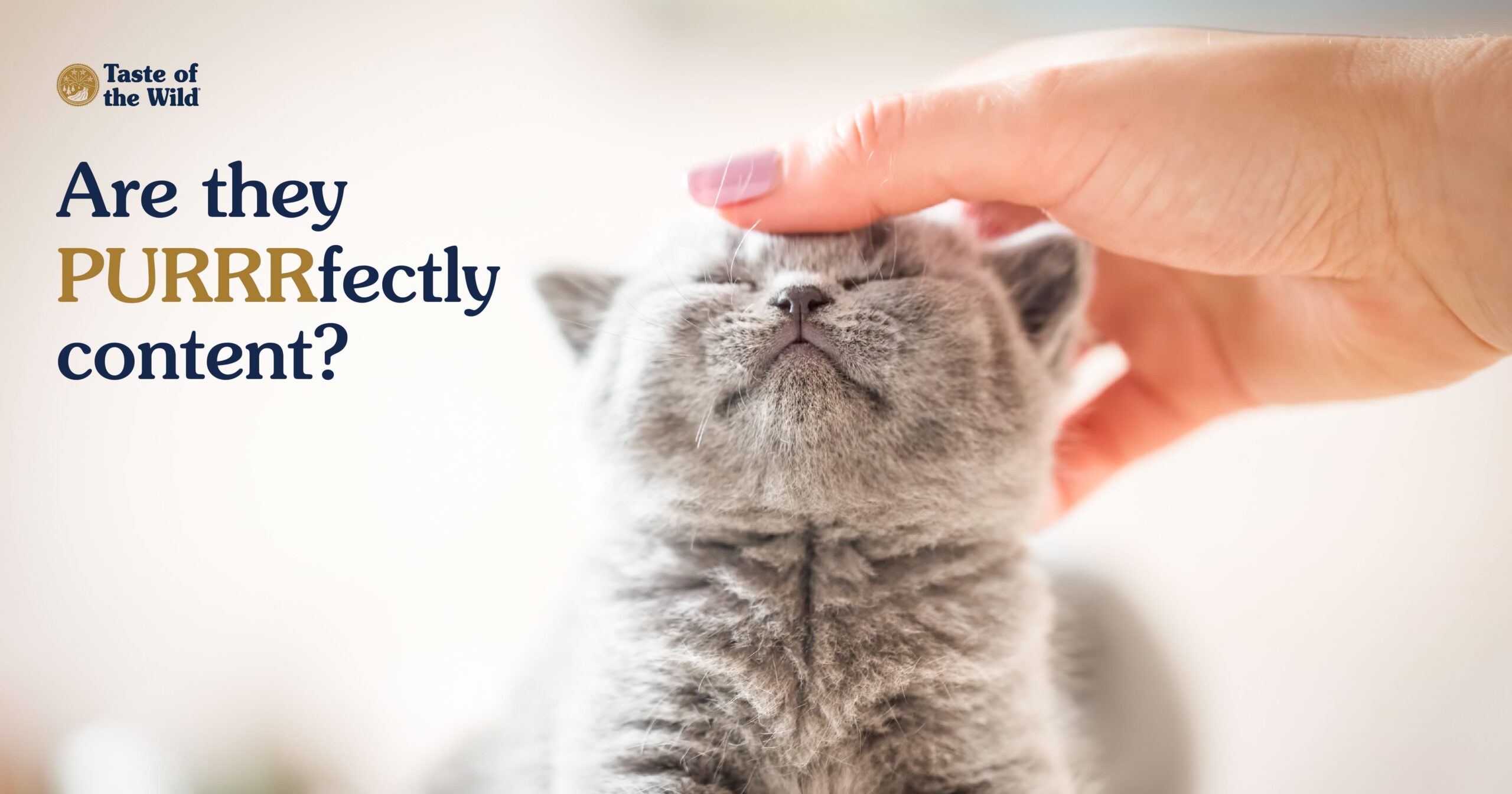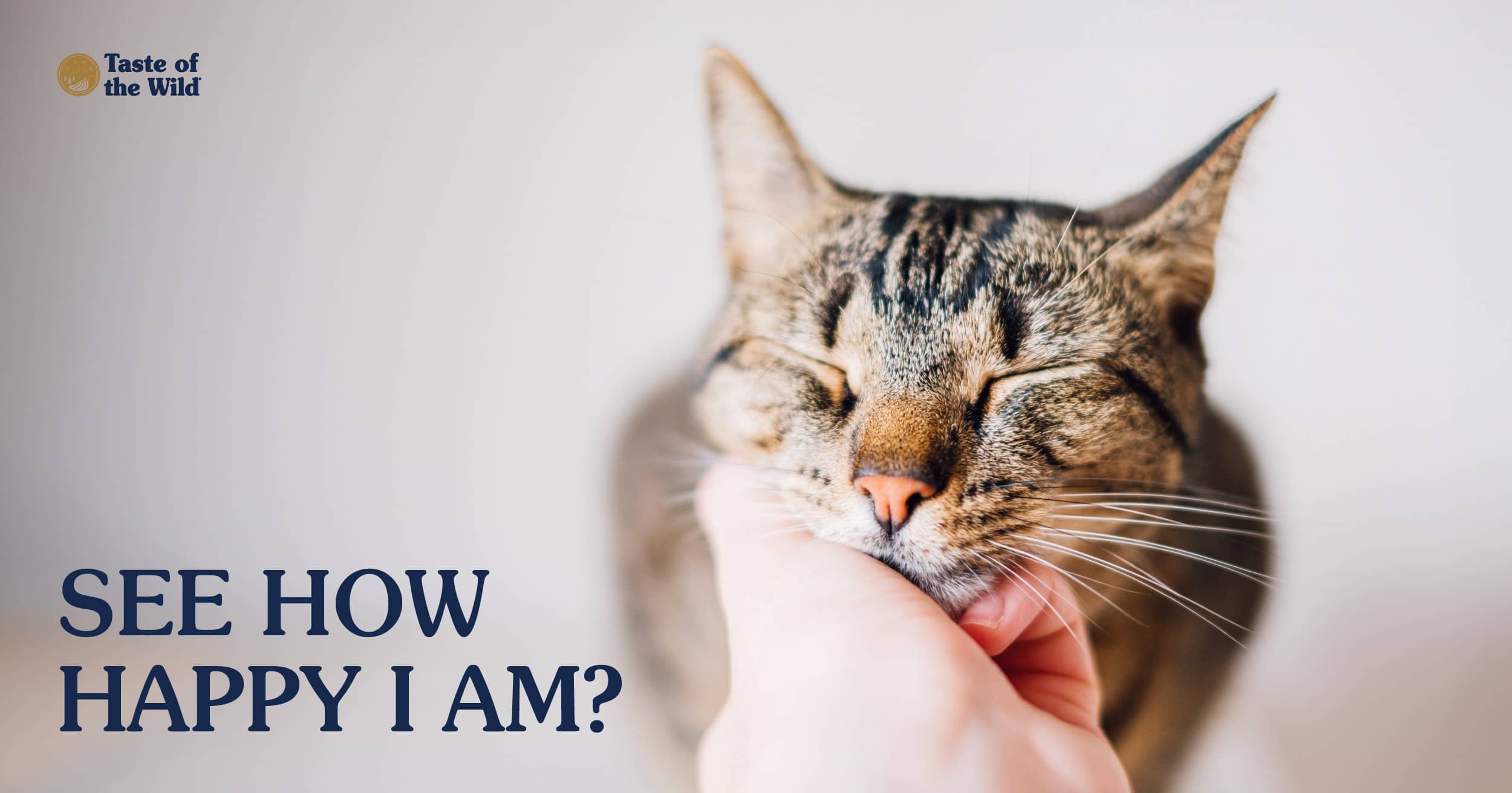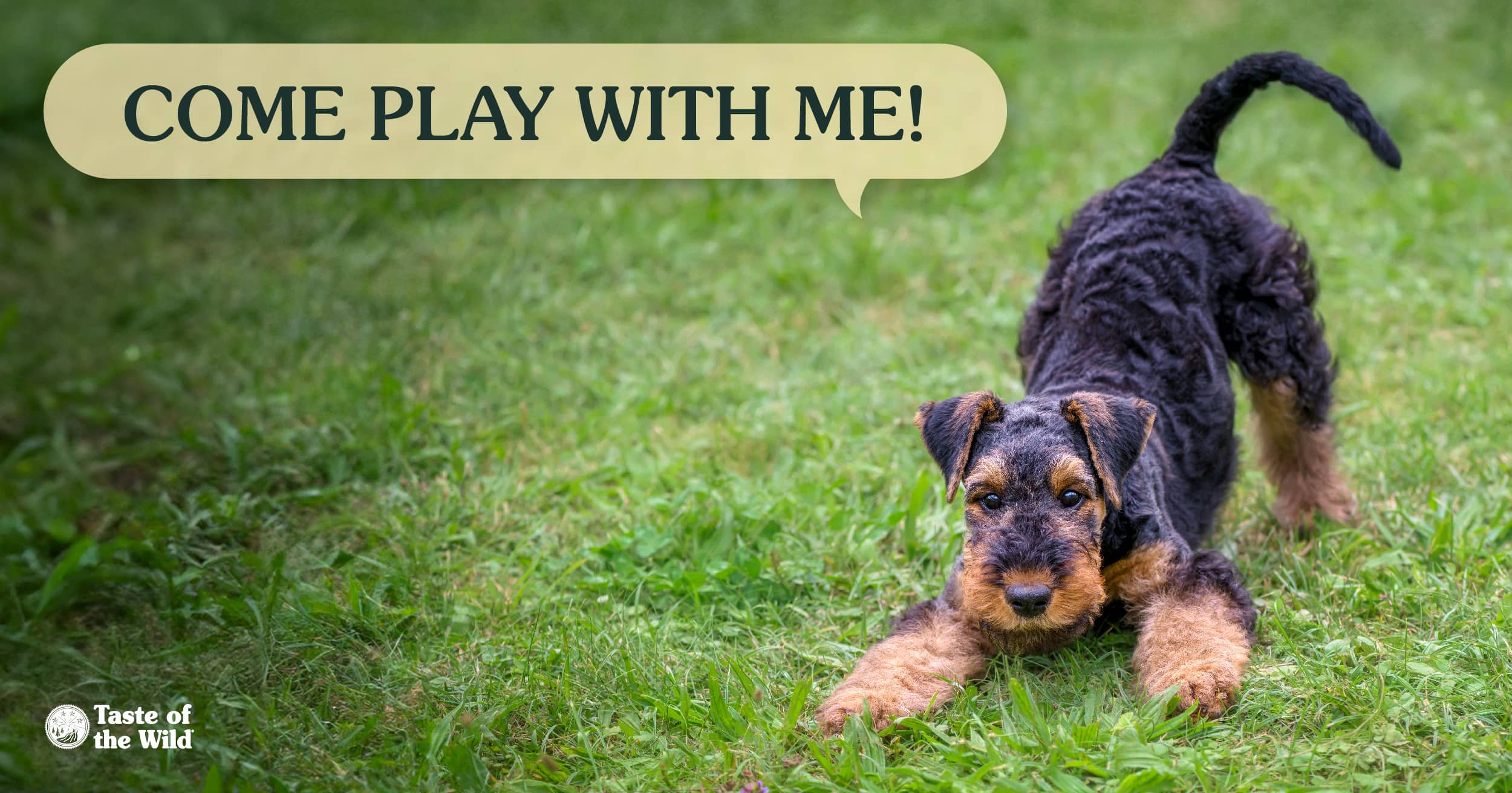Why Do Cats Purr?
Thursday, May 11, 2023 | Training & Behavior

While cats may not be able to communicate in human tongues, their body language and purrs can be worth a thousand words. But are those words always PAWSitive?
Contrary to popular belief, purring isn’t always an indication that your cat is calm and happy. Researchers have found that cats can express a variety of emotions through the act of purring. Here are some reasons your cat purrs, and some things to watch out for as well.
Mother/Kitten Bonding
Kittens are born deaf and blind, so they rely on the vibrations their mother sends out when purring to lead them toward milk. The mother cat can also use her purr as a lullaby to soothe her babies and strengthen their bond. Kittens can return the favor, as they begin purring as early as two days old or as late as three weeks old. The kitten’s hum signals to their mother they’re safe, content and happy.
Don’t Worry, Be Happy
A happy, purring cat will stretch out, take up space and breathe slow and steady. They will also keep their ears and whiskers slightly forward or in a neutral position. They’re in their happy place, so if you’re petting them, cuddling them or just talking to them, keep it up! Your furry companion’s purr signals they are purrfectly content.
Now, if you pet is hunching down, wide-eyed and has their ears and whiskers down, they’re likely anxious or frightened. A higher-pitched purr, potentially with panting, indicates your cat is trying to soothe themselves. Researchers have found that purring can calm a cat in stressful situations like visiting the vet or seeing a dog in the backyard.
Starvin’ Marvin
It’s food time! Or so your furry feline thinks. When your cat is hungry or they want something else badly enough, they will combine purring with an unpleasant meow that resembles a human baby’s cry. Cats notice that humans are more likely to get up and grab the food or treats the moment they hear that specific sound.
It’s OK to be “trained” by your cat, within reason. Follow the directions on your cat’s food packaging to ensure your feline does not use this purr-and-meow tactic to overeat. Too much food can lead to health complications like diabetes. Your local veterinarian can also help you determine a good feeding regimen if needed.
That Healing Touch
You may notice your cat purring even in painful moments. Purring can ease pain and help regulate your cat’s breathing. A purr’s low-frequency vibration of 25 to 150 Hertz (Hz) can even stimulate muscles and promote healing. When your feline is in pain, you’ll notice the increased purring is accompanied by faster breathing, agitation and/or mobility changes. If you think your cat might be in pain, consult with your local veterinarian to ensure they receive proper care.
Now the next time your cat purrs, you’ll be equipped with the knowledge of how that purr should be received. But if your cat doesn’t purr at all, it’s not an immediate red flag. A lack of purring could be a matter of your cat’s origin, communication style or physical state. Here’s a brief breakdown of reasons your cat might skip the purrs all together.
- If your cat had feral parents, your fur baby was likely taught to be very quiet in hopes of avoiding notice by This is why cats raised in the wild are often quieter than domestic felines.
- Like people, cats have different ways of communicating their thoughts and feelings. A quieter cat could show their happiness in other ways such as cuddling or head bunting their human. Happiness doesn’t require the purr!
- Similar to a human’s laughter, some cats can purr louder or quieter than others. You may miss your cat purring if you’re listening for a loud sound and they hum on a lower frequency. In addition, many medical conditions — such as muscle disorders, trauma or an autoimmune condition — can prevent your cat from sending out an audible purr. Visit with your local veterinarian if you suspect your cat isn’t purring due to an ailment.
We hope you now feel purrfectly versed in all the reasons your cat may (or may not!) purr. As always, do not hesitate to contact your veterinarian if you feel that your cat needs medical attention.
RELATED POST: Why Do Cats Need to Knead?
The information in this blog has been developed with our veterinarian and is designed to help educate pet parents. If you have questions or concerns about your pet’s health or nutrition, please talk with your veterinarian.




